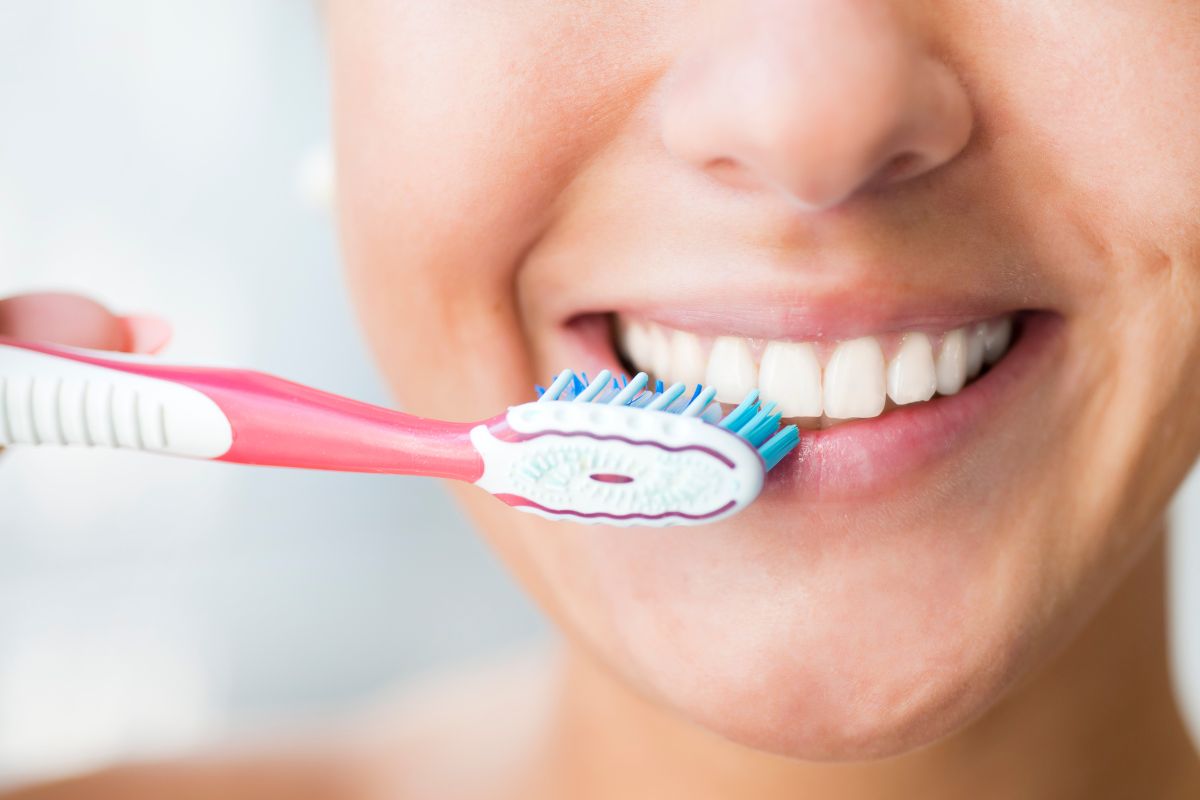Show table of content Hide table of content
Millions of people around the world make a mess of their toothbrushes. We take a look at the cleanest ways to care for this important part of our daily lives. All validated by science, of course!
A cache that does worse rather than better
These little plastic cases can be found in far too many bathrooms. Supposedly designed to protect our toothbrushes from the elements, these little caps for brush heads are actually quite harmful. We understand: the reflex to protect your brush may seem useful on the surface, especially when you’re out and about or in public places. At least now you know you have to stop this bad habit. According to a recent study by American researchers at Northwestern University (the study was widely reported in the American media in October 2024), these hermetically sealed brush covers can turn our brushes into veritable microbial breeding grounds.
The study, published in the specialist journal Frontiers in Microbiomes, carried out an in-depth analysis of the microbial ecosystem found on our daily toothbrushes. The results are edifying: more than 600 types of virus and an impressive diversity of bacteria proliferate there, particularly when the brushes remain damp under a closed case. When you think about it, it’s obvious: enclosing a wet brush encourages water stagnation, leading to the rapid multiplication of microbes and viruses. Some of these can remain active for several days, creating an environment conducive to various oral imbalances. Hermetically sealed cases thus become the unwitting allies of bacteria such as Staphylococcus aureus or Pseudomonas aeruginosa, known for their potentially harmful effects, particularly in fragile or immunocompromised people.
News This TikToker buys a used van and realizes it has a hidden surveillance device.
Open air, your brush’s best friend
Faced with these disturbing discoveries, health professionals are now unanimously in favour of a simple recommendation: leave your toothbrush to dry in the open air. This is a natural, economical and ultimately more hygienic method, as it allows the moisture to evaporate quickly and completely. The brush should be placed vertically, ideally isolated from other toothbrushes to avoid potential cross-contamination.
Another vital piece of advice, based on the same research: never store your brush in the immediate vicinity of the toilet. Each flush generates aerosols carrying microscopic particles, some of which may contain germs from faecal matter. So it’s vital to store your brush in a dry, well-ventilated place that’s protected from these invisible but very real sprays.
Don’t panic: the abundant presence of viruses identified by the researchers mainly concerns bacteriophages, viral organisms that exclusively target bacteria, and not human cells. According to Erica Hartmann, head of the study, these phages, although numerous, do not represent a direct threat to human health. They simply reflect the richness of the microbiome in our everyday environments. This type of research paper also has other interests, such as advancing the development of new antimicrobial therapies capable of combating antibiotic resistance, for example.
Adopting good practice for a healthy brush
A few simple steps are all you need to ensure good oral hygiene. Rinse your brush thoroughly after each use, preferably under a stream of clear water to remove any traces of toothpaste or saliva. Store your brush with the head facing upwards, ideally in an open holder or glass to allow optimum air circulation.
It is essential not to put the heads of several brushes in direct contact, particularly in collective or family environments, in order to avoid the transmission of any infectious agents. You should also use a soft-bristled toothbrush, recommended by the Union Française pour la Santé Bucco-Dentaire, to protect your gums and tooth enamel while ensuring effective cleaning.
As for the frequency of replacement, this remains crucial. Change your toothbrush every three months, or as soon as the bristles show signs of wear. When travelling, opt for a ventilated case or a perforated case that provides sufficient ventilation, thus avoiding the formation of damp condensation that can harbour germs.


